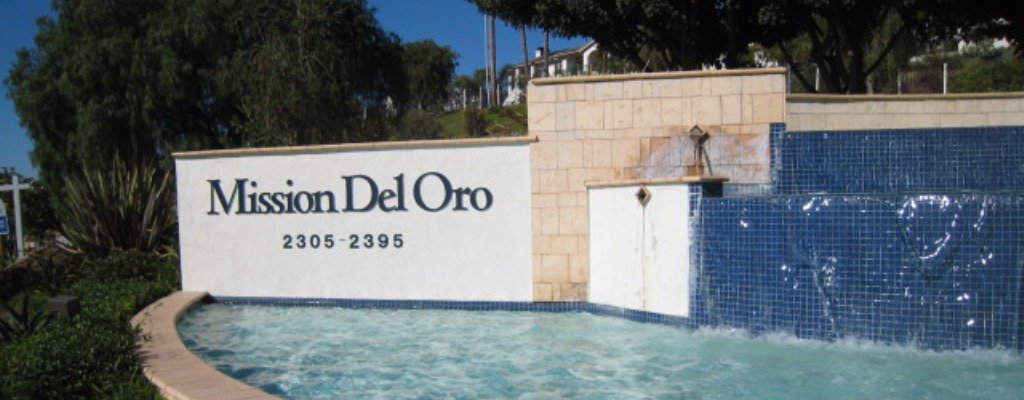Mission Del Oro is an upscale, gated community with tennis courts, tropical landscape, and a resort style pool that one would expect in a Southern California community called Oceanside. Located only three miles from the Pacific Ocean, Mission Del Oro is comprised of 74 condominiums and is a well-managed community with active residents involved with the Homeowners Association, and a Board of Directors dedicated to solving problems.
But it wasn’t always that way. Board member, Dave Clark remembers when he moved in 2004. “I grew up in a well-run homeowner association community and just assumed the HOA was running like a top.” After his first 6 months in his new home, Clark was shocked to receive a special assessment notice. By that time, he was a volunteer on the landscape committee and read the existing Reserve Study. “It was 15 lines mostly about the landscaping, roofs and not much else. I finally read all the documents you’re supposed to read when buying a condo.” Turns out the property was involved with a builder lawsuit and needed some structural fixes. While some funds were received, the Association used existing Reserve funds to cover the costs not reimbursed from the lawsuit. Since nothing had been done to rebuild the Reserve fund, a special assessment was instituted.
Built in 1990, Mission Del Oro’s early Reserve Studies “relied on the newness of the community”, said Clark.
Some reports were created internally by the management company. The Association tried several Reserve Study providers before finding Association Reserves (AR)- San Diego in 2007. Clark likes the methodology and rational displayed in the AR Reserve Study. “When you read the report, it just makes sense. There’s a reasonableness in the thought process that I can really appreciate. The graphs help communicate the needs and priorities of the HOA.”
This was especially important to the residents as they had to face some tough decisions. According to Clark “When the recession hit in 2008, it was hard on us because lenders weren’t funding loans, so people struggling financially had trouble selling.” The Reserve funds were barely over 30%-funded and Clark worried that another special assessment could be imminent.

